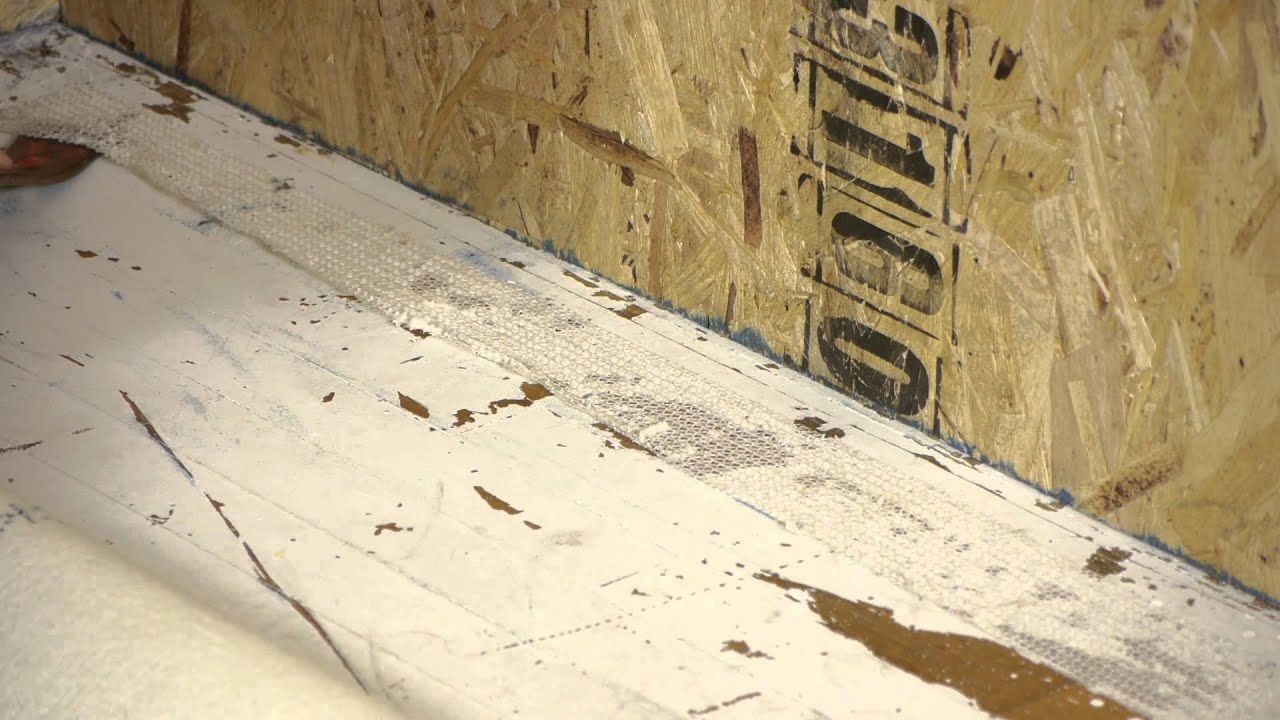

Articles
How To Get Carpet Tape Off Floor
Modified: December 7, 2023
Learn how to easily remove carpet tape from your floor with these helpful articles. Say goodbye to sticky residue and hello to clean, beautiful flooring!
(Many of the links in this article redirect to a specific reviewed product. Your purchase of these products through affiliate links helps to generate commission for Storables.com, at no extra cost. Learn more)
Introduction
When it comes to keeping carpets in place, carpet tape is a popular choice. It provides a secure adhesive bond, ensuring that the carpet remains firmly in position. However, removing carpet tape can be quite challenging, leaving behind a sticky residue on the floor. This residue not only looks unsightly but can also attract dirt and dust, making the floor surface difficult to clean and maintain.
Fortunately, there are several methods to effectively remove carpet tape from the floor. In this article, we will explore different techniques and provide step-by-step instructions on how to remove carpet tape residue without causing any damage to your flooring.
Before we dive into the methods, let’s gather all the tools and materials you’ll need:
Read more: How To Get A Carpet Tape Off The Floor
Tools and Materials Needed:
- Heat source (hairdryer, heat gun)
- Solvent (adhesive remover, rubbing alcohol)
- Vinegar
- Dish soap
- Plastic scraper
- Plastic bag
- Freezer
- Clean cloth or sponge
Now that we have everything prepared, let’s explore the different methods for removing carpet tape from the floor.
Key Takeaways:
- Say goodbye to stubborn carpet tape residue with these effective methods, from using heat and solvents to natural solutions like vinegar and dish soap. Restore your floor’s cleanliness without the hassle.
- Utilize the power of heat and suction, natural cleaning agents, and simple scraping techniques to remove carpet tape without damaging your floor. Gather the right tools and materials for a successful, adhesive-free result.
Tools and Materials Needed:
Before you can begin removing carpet tape from the floor, it’s important to gather all the necessary tools and materials. Having everything prepared in advance will make the process much smoother and efficient.
Here’s a list of the tools and materials you’ll need:
- Heat source: A hairdryer or heat gun can be used to soften the adhesive and make it easier to remove. Make sure to use the heat source on a low setting to avoid damaging the flooring.
- Solvent: An adhesive remover or rubbing alcohol can help dissolve the sticky residue left behind by the carpet tape. Choose a solvent that is safe for your specific type of flooring.
- Vinegar: Vinegar is a natural and effective cleaning agent. It can be mixed with dish soap to create a homemade cleaning solution for removing carpet tape residue.
- Dish soap: Dish soap, when combined with vinegar, can create a powerful cleaning solution. It helps break down the adhesive and remove any remaining residue.
- Plastic scraper: A plastic scraper or putty knife is essential for gently scraping off the loosened carpet tape and residue from the floor surface. Plastic is less likely to scratch or damage the flooring compared to metal tools.
- Plastic bag: A plastic bag can be used in combination with a hairdryer to create a heat and suction method for removing the adhesive. It helps to soften the residue and make it easier to lift off the floor.
- Freezer: Freezing the tape can make it brittle and easier to remove. This method is particularly useful for stubborn or hardened adhesive.
- Clean cloth or sponge: After removing the carpet tape and residue, you’ll need a clean cloth or sponge to wipe down the floor surface and ensure it’s free of any remaining adhesive or cleaning solution.
By having these tools and materials readily available, you’ll be well-equipped to tackle the task of removing carpet tape from your floor successfully.
Method 1: Using Heat
Using heat is one of the most effective ways to remove carpet tape from the floor. The heat helps soften the adhesive, making it easier to peel off without causing any damage to the flooring. Here’s a step-by-step process on how to use heat to remove carpet tape:
- Gather your tools: Ensure you have a hairdryer or heat gun and a plastic scraper or putty knife.
- Plug in the hairdryer: Connect the hairdryer to a power source and set it to a low heat setting.
- Apply heat to the tape: Start by directing the heat at one corner of the carpet tape. Hold the hairdryer about 3-4 inches away from the tape and move it in a back-and-forth motion. The heat will soften the adhesive, allowing the tape to loosen.
- Peel off the tape: Once the adhesive has been softened, use a plastic scraper or putty knife to gently lift one edge of the tape. Slowly peel off the tape, applying more heat if necessary to further soften the adhesive.
- Remove any residue: After removing the tape, you may notice some sticky residue left behind on the floor. Use the plastic scraper to gently scrape off the residue. If there are still some stubborn areas, continue applying heat and scraping until the floor is clean.
- Clean the floor: To ensure the floor is free of any adhesive or cleaning solution, wipe down the area with a clean cloth or sponge dampened with warm water. Dry the floor thoroughly with a clean towel.
Using heat is a simple yet effective method for removing carpet tape from the floor. Just be cautious not to use excessive heat or hold the hairdryer too close to avoid damaging the flooring. This method works best on smooth surfaces, so if you have a textured or delicate flooring, consider using a different method.
Method 2: Using Solvents
If using heat is not an option or if you’re dealing with stubborn carpet tape residue, using solvents can help break down the adhesive and make it easier to remove. Here’s a step-by-step process on how to use solvents to remove carpet tape:
- Gather your tools: Make sure you have an adhesive remover or rubbing alcohol, a clean cloth or sponge, and a plastic scraper or putty knife.
- Test in an inconspicuous area: Before applying any solvent to the floor, it’s essential to test it in a small, inconspicuous area to ensure it doesn’t cause any discoloration or damage to the flooring. Wait for a few minutes and check for any adverse reactions.
- Apply the solvent: Once you’ve tested the solvent, apply it directly to the carpet tape residue. Let the solvent sit for a few minutes to penetrate the adhesive.
- Scrape off the residue: Use a plastic scraper or putty knife to gently scrape off the softened residue from the floor surface. Be careful not to use excessive force to avoid scratching or damaging the flooring.
- Repeat if necessary: If there are still some stubborn areas of residue, reapply the solvent and let it sit for a bit longer. Continue scraping until the floor is clean and free from adhesive.
- Clean the floor: Once all the residue has been removed, wipe down the floor with a clean cloth or sponge dampened with warm water to remove any remaining solvent or cleaning solution. Dry the floor thoroughly with a clean towel.
Note that different types of flooring may require specific solvents. For example, rubbing alcohol works well on hard surfaces like vinyl or laminate, while an adhesive remover designed for carpet may be suitable for carpeted floors. Always read the instructions and check if the solvent is safe for your specific type of flooring.
Using solvents can be an effective method for removing stubborn carpet tape residue, but it’s important to handle them with care and avoid inhaling any fumes. Ensure proper ventilation and follow the safety precautions mentioned on the product label. If you’re unsure about using solvents, consider using a different method or seeking professional assistance.
Read more: How To Get Tape Off Of Glass
Method 3: Using Vinegar and Dish Soap
If you prefer a more natural and DIY approach to removing carpet tape residue, using vinegar and dish soap can be an effective solution. Vinegar acts as a natural cleaning agent, while dish soap helps break down the adhesive. Here’s a step-by-step process on how to use vinegar and dish soap to remove carpet tape:
- Gather your tools: Make sure you have white vinegar, dish soap, warm water, a clean cloth or sponge, and a plastic scraper or putty knife.
- Create a cleaning solution: In a small bowl or bucket, mix equal parts white vinegar and warm water. Add a few drops of dish soap and stir well to create a homemade cleaning solution.
- Apply the cleaning solution: Dip a clean cloth or sponge into the cleaning solution and wring out any excess liquid. Apply the solution directly onto the carpet tape residue, making sure to saturate it thoroughly.
- Let it sit: Allow the cleaning solution to penetrate the adhesive for about 10-15 minutes. This will help soften the residue and make it easier to remove.
- Scrape off the residue: Use a plastic scraper or putty knife to gently scrape off the softened residue from the floor surface. Start at one corner and work your way towards the center, applying light pressure as you go.
- Repeat if necessary: If there are still some stubborn areas of residue, reapply the cleaning solution and let it sit for a bit longer. Continue scraping until the floor is clean and free from adhesive.
- Clean the floor: After removing all the residue, dampen a clean cloth or sponge with warm water and wipe down the floor surface to remove any remaining cleaning solution or adhesive. Dry the floor thoroughly with a clean towel.
Vinegar and dish soap are gentle yet effective ingredients that can safely remove carpet tape residue from various types of flooring. However, as with any cleaning solution, it’s essential to test it in a small, inconspicuous area to ensure it doesn’t cause any damage or discoloration. If in doubt, consult the manufacturer’s recommendations or seek professional advice.
By using this natural cleaning method, you can effectively remove carpet tape residue while minimizing exposure to harsh chemicals.
Use a hairdryer to heat the carpet tape, then slowly peel it off the floor. Any residue can be removed with a solution of warm water and mild detergent.
Method 4: Freezing the Tape
If you’re dealing with stubborn or hardened carpet tape, freezing it can make it brittle and easier to remove. This method is particularly effective for adhesive that has been stuck on for a long time. Here’s a step-by-step process on how to freeze the tape to remove it from the floor:
- Gather your tools: You’ll need a plastic bag, ice cubes, a towel, and a plastic scraper or putty knife.
- Prepare the area: Clear the surrounding area and ensure there’s enough space around the tape for the plastic bag to cover it fully.
- Place ice cubes in a plastic bag: Put a handful of ice cubes in a plastic bag and seal it tightly. Make sure there’s no excess air inside the bag.
- Apply the plastic bag to the tape: Lay the bag of ice cubes directly on top of the carpet tape. Press it down gently to ensure good contact.
- Wait for the tape to freeze: Leave the bag of ice cubes on the tape for at least 30 minutes. The cold temperature will harden the adhesive, making it brittle and easier to remove.
- Scrape off the tape: After the tape has frozen, use a plastic scraper or putty knife to gently lift one edge of the tape. Slowly peel off the frozen tape, applying light pressure as needed.
- Remove any remaining residue: If there’s any residual adhesive left on the floor, use the plastic scraper to scrape off the hardened residue. Be careful not to scratch the floor surface.
- Clean the floor: Finally, wipe down the floor with a clean towel or cloth to remove any remaining adhesive or debris. If necessary, use a mild cleaning solution to clean the area thoroughly.
Freezing the carpet tape is an effective method for removing stubborn or hardened adhesive. However, keep in mind that this method works best on flat surfaces. If you have a textured or delicate flooring, it’s advisable to use a different approach to avoid any damage.
By utilizing the freezing method, you can safely remove stubborn carpet tape and restore the cleanliness and appearance of your floor.
Method 5: Scraping with a Plastic Scraper
If you’re looking for a simple and straightforward method to remove carpet tape from the floor, using a plastic scraper can be an effective solution. This method is particularly useful for smaller areas or when dealing with thin tape residue. Here’s a step-by-step process on how to scrape off carpet tape using a plastic scraper:
- Gather your tools: Make sure you have a plastic scraper or putty knife, a clean cloth or sponge, and warm water.
- Start at the edge: Locate a corner or edge of the carpet tape and use the plastic scraper to gently lift it up. Apply slight pressure to separate the tape from the floor.
- Scrape off the tape: Once you’ve lifted an edge of the tape, continue using the plastic scraper to scrape off the remaining tape. Work the scraper under the tape, applying light pressure to loosen it from the floor surface.
- Peel off the tape: As you scrape off the tape, try to peel it away from the floor in a slow and controlled manner. Be careful not to apply too much force, as this could potentially damage the floor.
- Remove any residue: After removing the tape, you may notice some sticky residue left behind on the floor. Use the plastic scraper to gently scrape off the residue. Apply moderate pressure, being cautious not to scratch the floor surface.
- Clean the floor: To ensure the floor is clean and free of any adhesive or cleaning solution, wipe down the area with a clean cloth or sponge dampened with warm water. Dry the floor thoroughly with a clean towel.
This method is simple and doesn’t require any additional tools or materials. However, keep in mind that it may not be as effective for larger areas or heavily stuck-on adhesive. In such cases, consider using other methods or combining this scraping technique with other removal methods to achieve the best results.
By using a plastic scraper and following these steps, you can successfully remove carpet tape and restore the appearance of your floor.
Method 6: Using a Hair Dryer and Plastic Bag
If you’re looking for a method that combines the power of heat and suction, using a hair dryer and a plastic bag can be a winning combination to remove carpet tape from the floor. This method helps soften the adhesive while creating a suction effect to lift the tape off the surface. Here’s a step-by-step process on how to use a hair dryer and plastic bag to remove carpet tape:
- Gather your tools: Make sure you have a hair dryer, a plastic bag (such as a Ziploc bag), a clean cloth or sponge, and warm water.
- Plug in the hair dryer: Connect the hair dryer to a power source and set it to a low heat setting. Be cautious not to use high heat, as it could damage the flooring.
- Place the plastic bag on the tape: Lay the plastic bag flat over the carpet tape, ensuring that it completely covers the adhesive area.
- Apply heat to the bag: Hold the hair dryer about 3-4 inches away from the plastic bag and apply heat to the bag. Move the hair dryer in a circular motion to evenly distribute the heat. The heat will help soften the tape and create a suction effect between the plastic bag and the adhesive.
- Lift the bag and peel off the tape: After applying heat for a few minutes, turn off the hair dryer and carefully lift the plastic bag, making sure to maintain the suction effect. Slowly peel off the tape, taking care not to apply excessive force that may damage the floor.
- Remove any remaining residue: Once the tape has been removed, you may notice some sticky residue left behind. Use a plastic scraper or putty knife to gently scrape off the residue. Apply moderate pressure, being careful not to scratch the floor.
- Clean the floor: To ensure the floor is clean and free of any adhesive or cleaning solution, wipe down the area with a clean cloth or sponge dampened with warm water. Dry the floor thoroughly with a clean towel.
Using a hair dryer and plastic bag method can be highly effective, especially for larger areas of carpet tape. Remember to exercise caution when using the hair dryer and avoid overheating or applying excessive force when peeling off the tape.
By using this combination of heat and suction, you can successfully remove carpet tape while minimizing the risk of damaging your floor.
Read more: How To Get Scotch Tape Off Glass
Conclusion
Removing carpet tape from the floor can be a challenging task, but with the right methods and tools, it is possible to achieve a successful and clean result. The various techniques discussed in this article provide effective solutions for removing both the tape itself and the sticky residue left behind.
From using heat to soften the adhesive, to utilizing solvents, vinegar and dish soap, freezing the tape, scraping with a plastic scraper, and employing a hair dryer and plastic bag combination, there are multiple approaches to tackle the problem. Each method has its advantages, so it’s important to choose the one that suits your specific circumstances and flooring type.
Remember to gather the necessary tools and materials before starting, and always test any solvents or cleaning solutions in an inconspicuous area to ensure compatibility with your flooring. Additionally, exercise caution to avoid damaging the floor while removing the tape and adhesive.
After successfully removing the tape, take the time to clean the floor thoroughly, ensuring it’s free from any residue or cleaning solution. This will help restore the appearance and maintain the cleanliness of your flooring.
Whether you’re dealing with a small area or a larger section of carpet tape, following the step-by-step instructions provided in each method will guide you through the process and help you achieve the desired results.
Remember, patience and careful execution are key. Take your time, be mindful of your specific flooring requirements, and choose the method that aligns with your preferences and resources.
By following the techniques discussed in this article, you can confidently remove carpet tape from your floor and enjoy a clean and adhesive-free surface once again.
Frequently Asked Questions about How To Get Carpet Tape Off Floor
Was this page helpful?
At Storables.com, we guarantee accurate and reliable information. Our content, validated by Expert Board Contributors, is crafted following stringent Editorial Policies. We're committed to providing you with well-researched, expert-backed insights for all your informational needs.
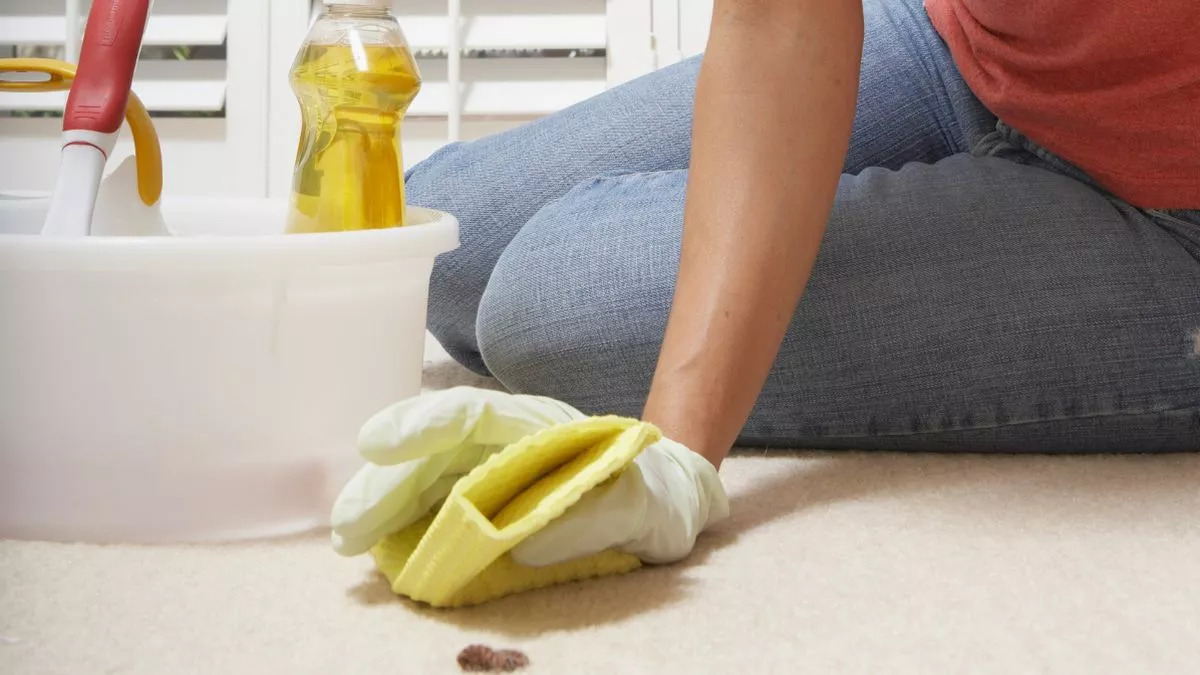
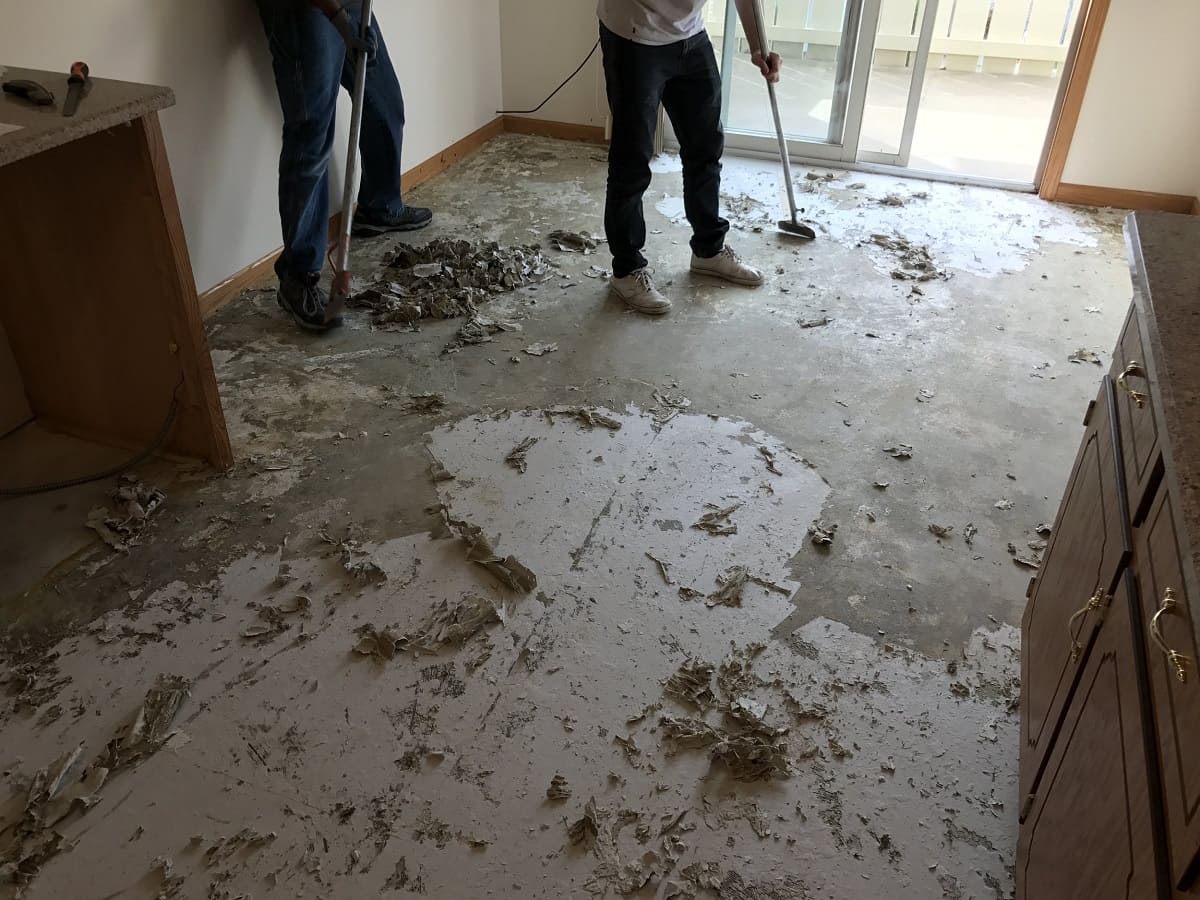
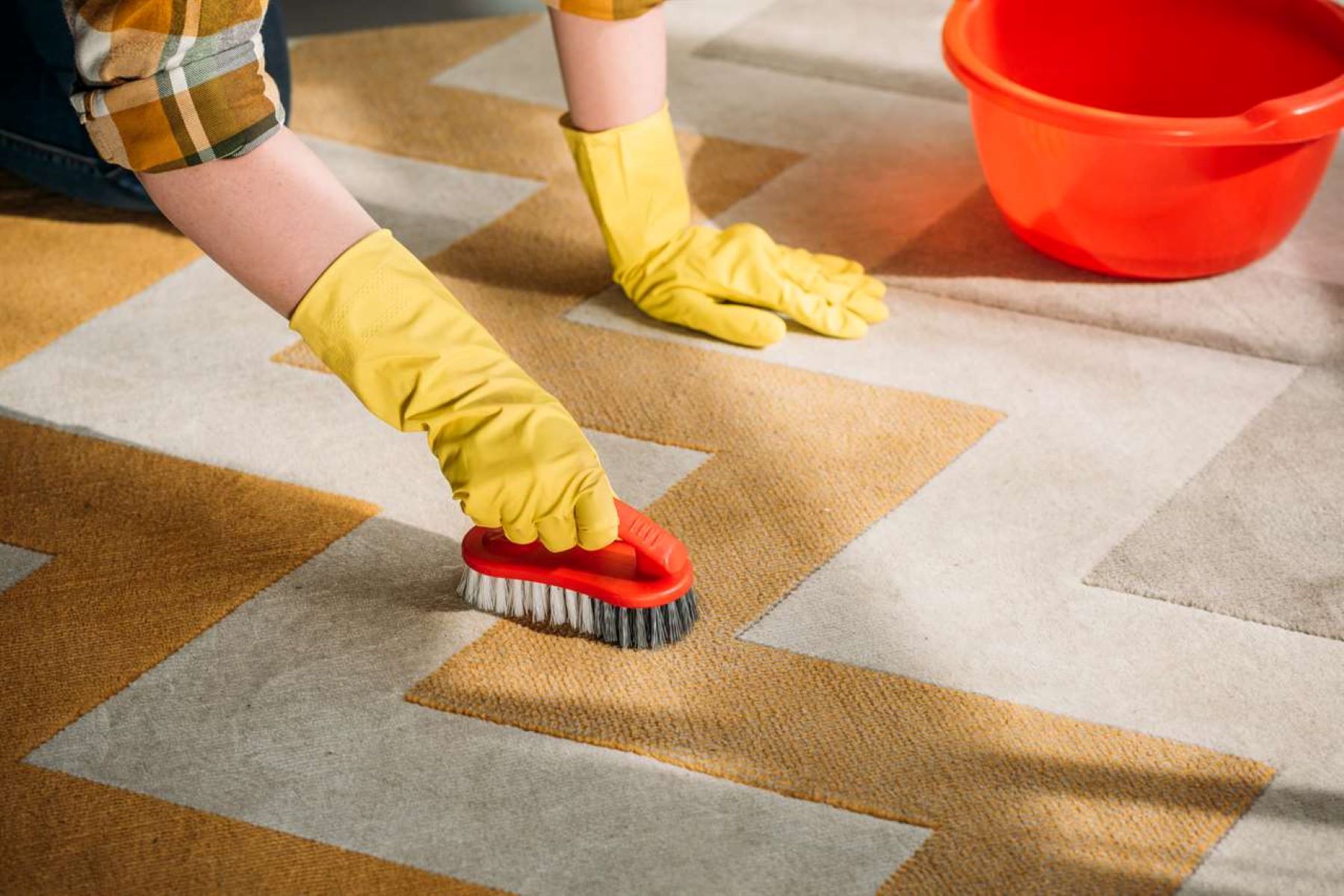
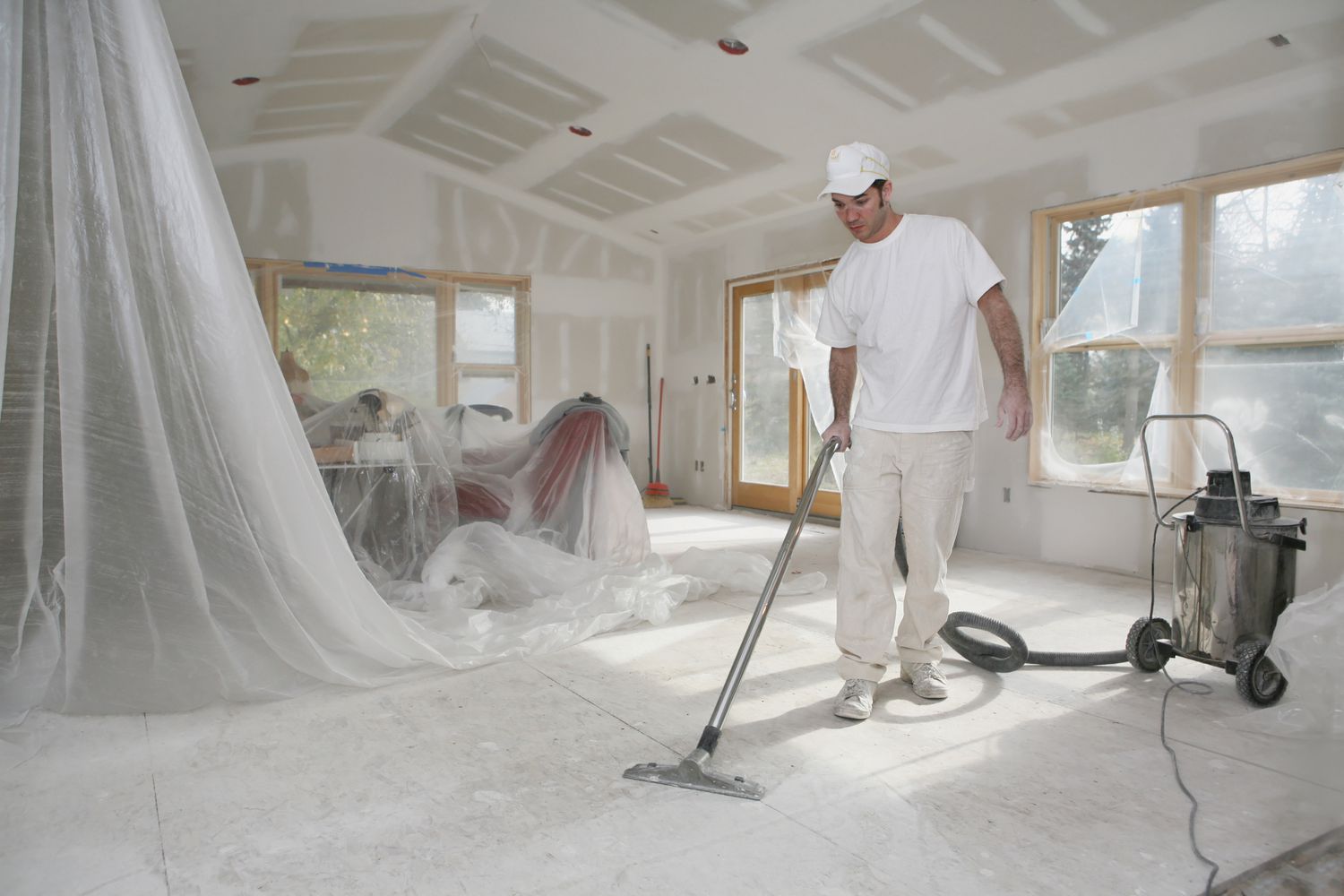
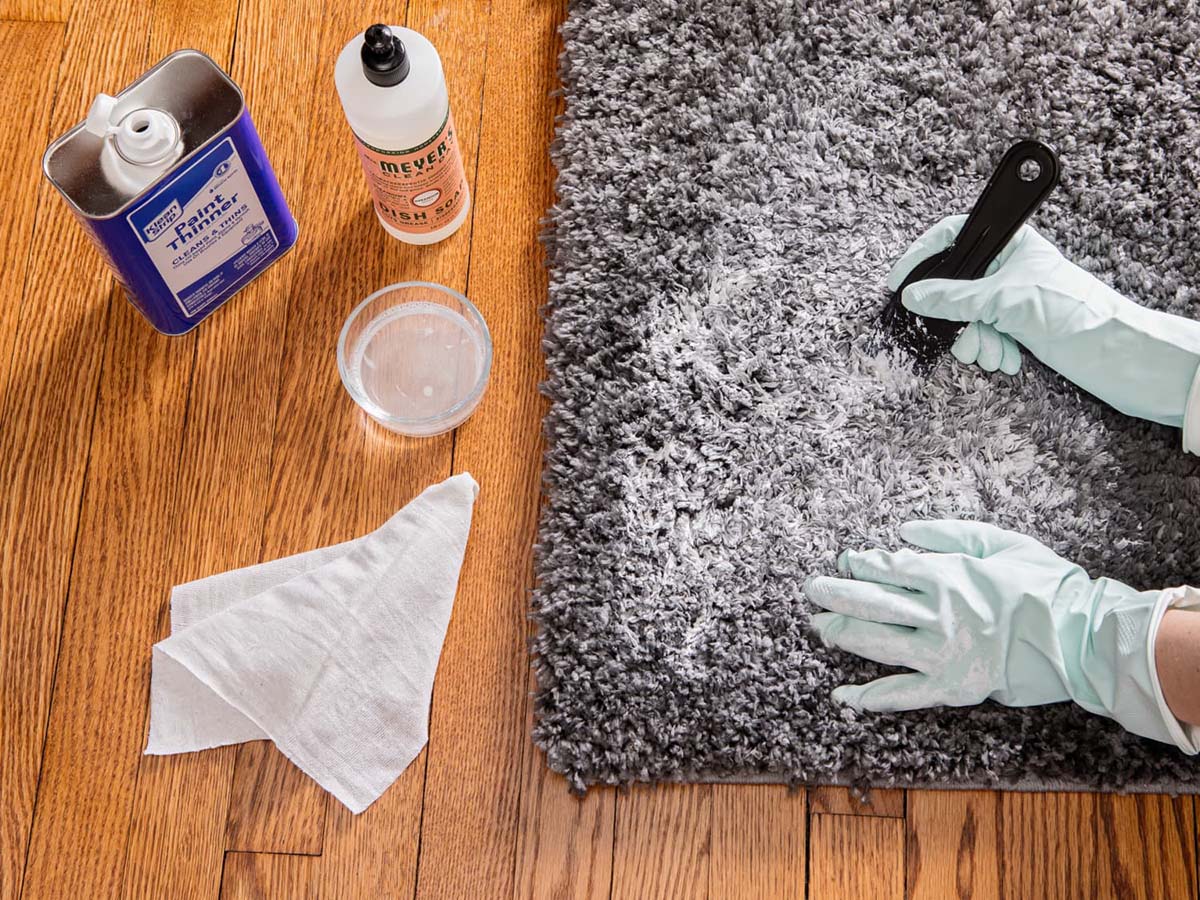
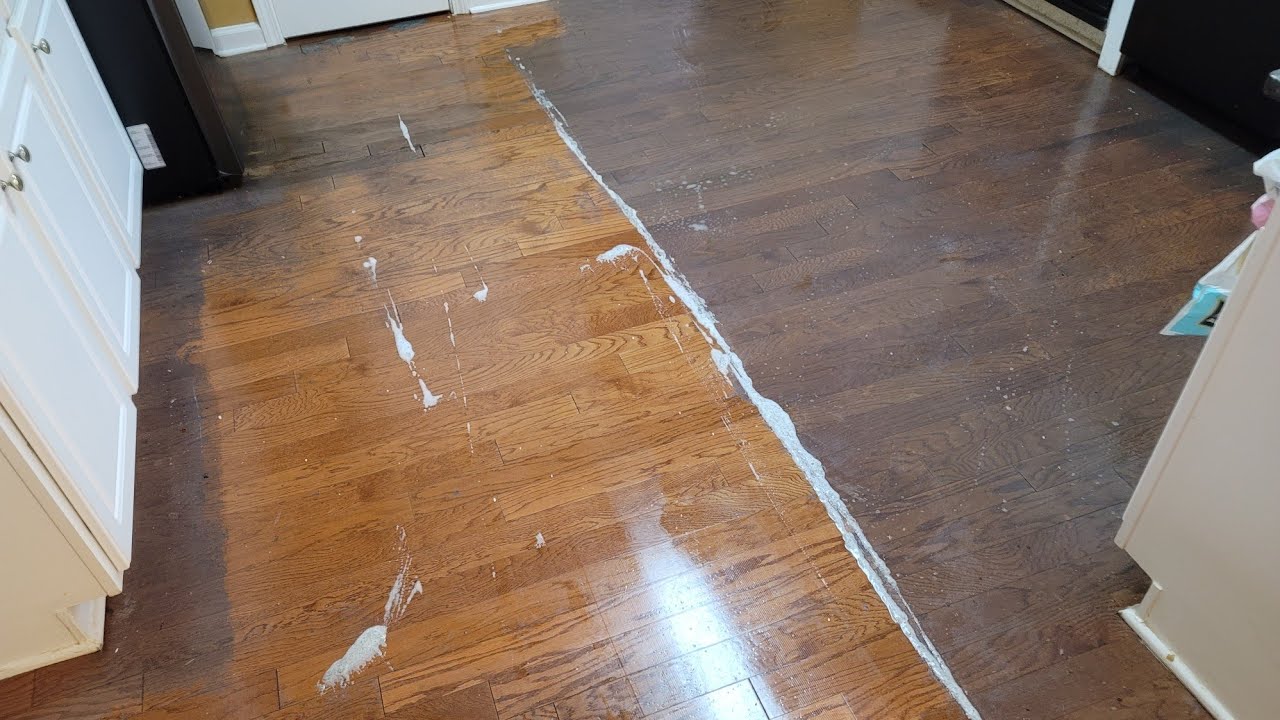
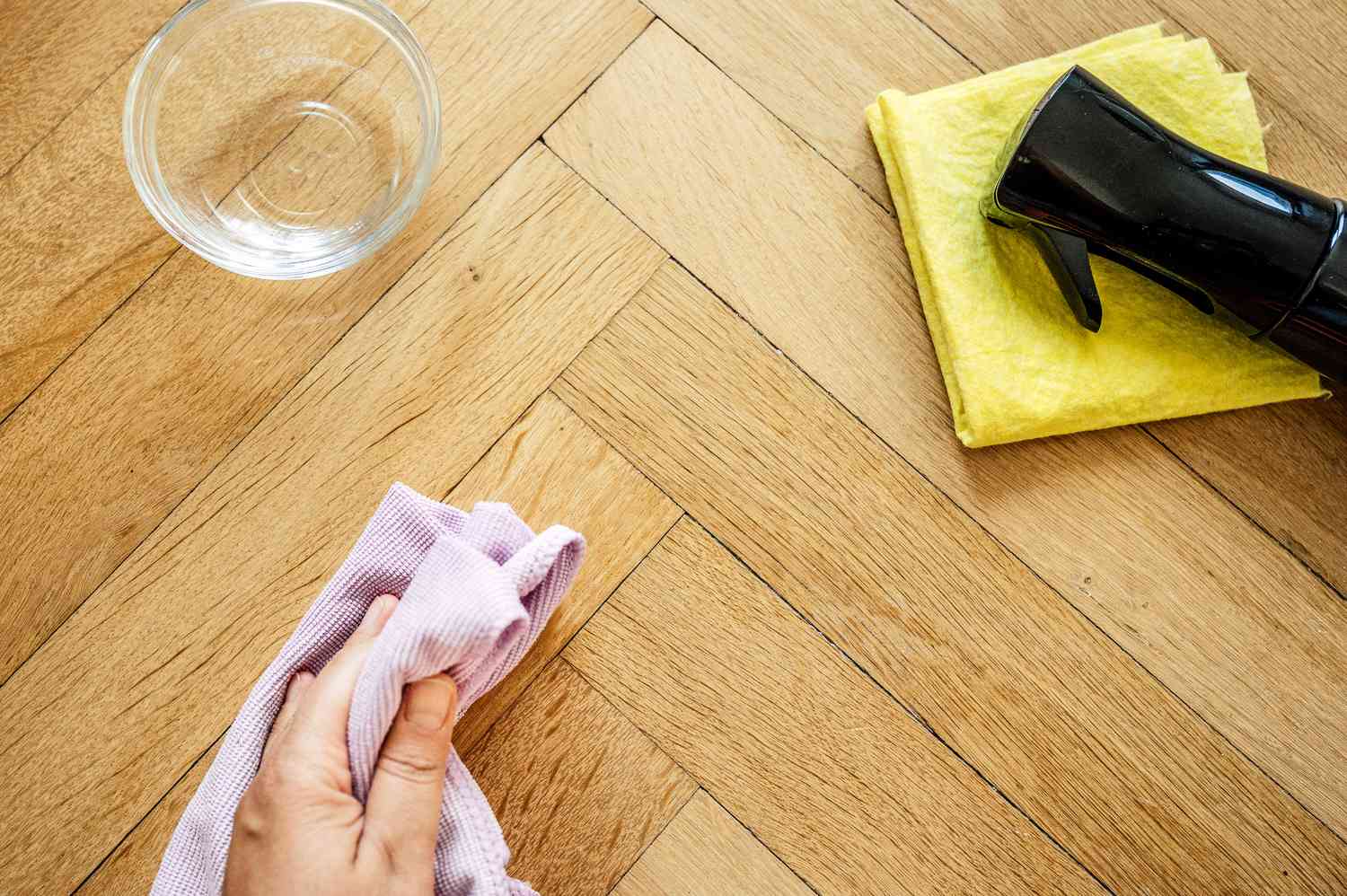
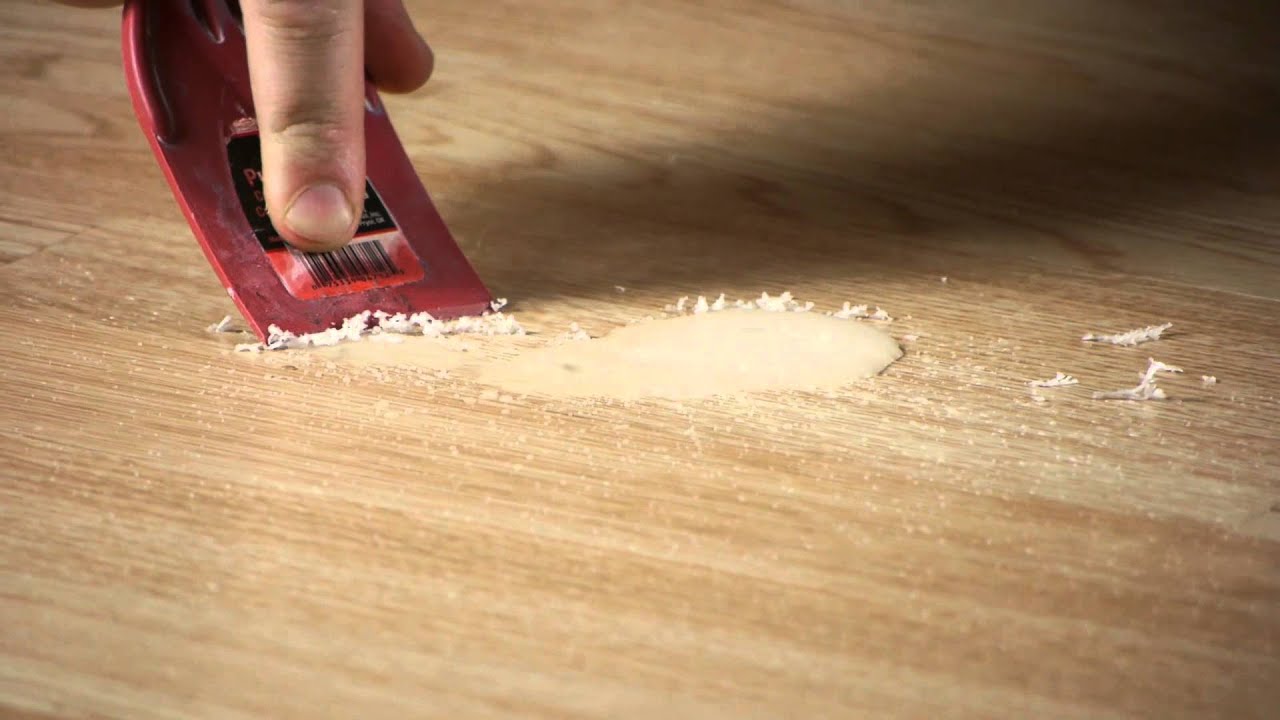
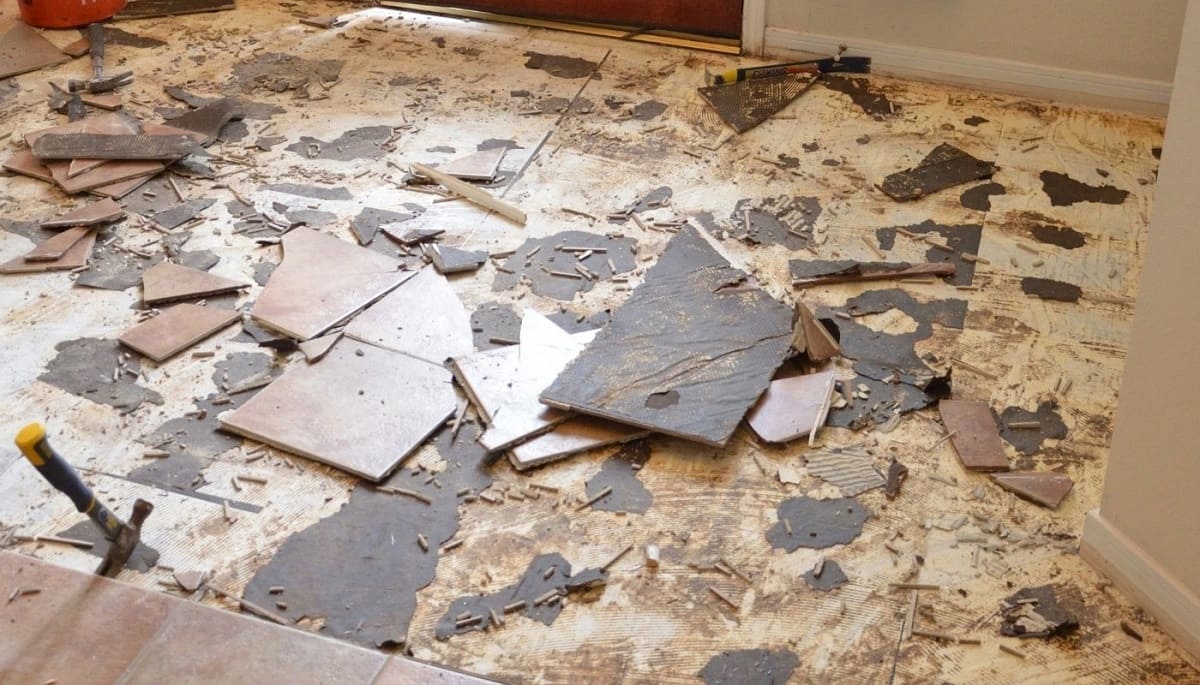
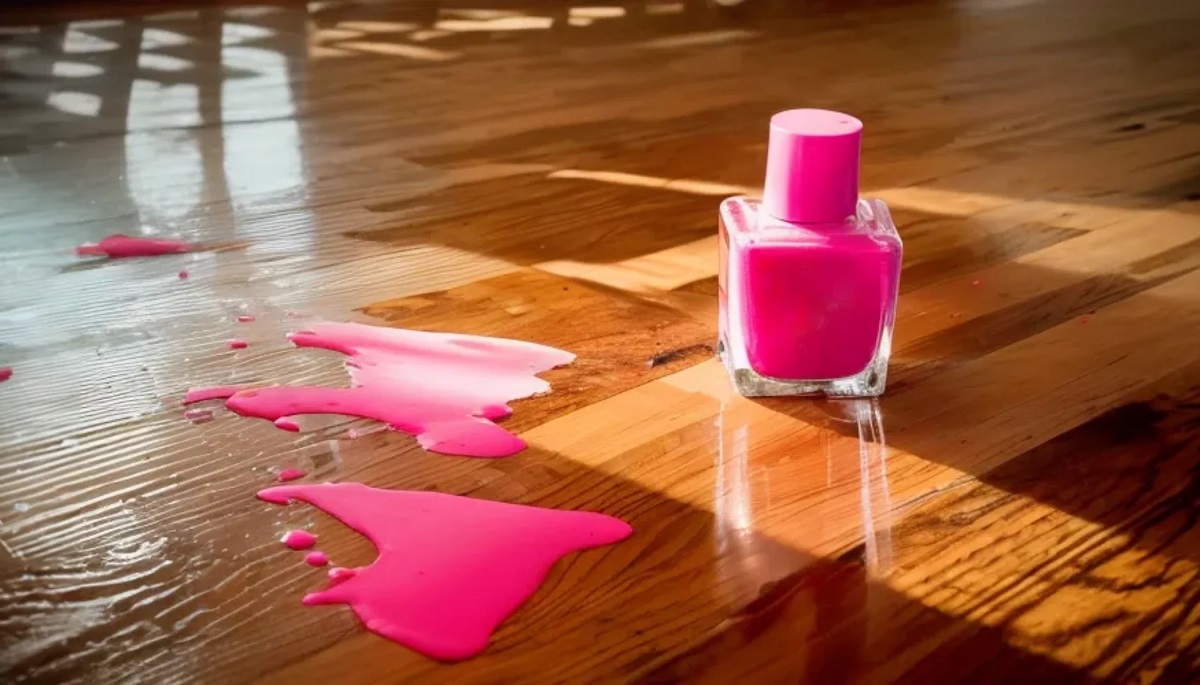
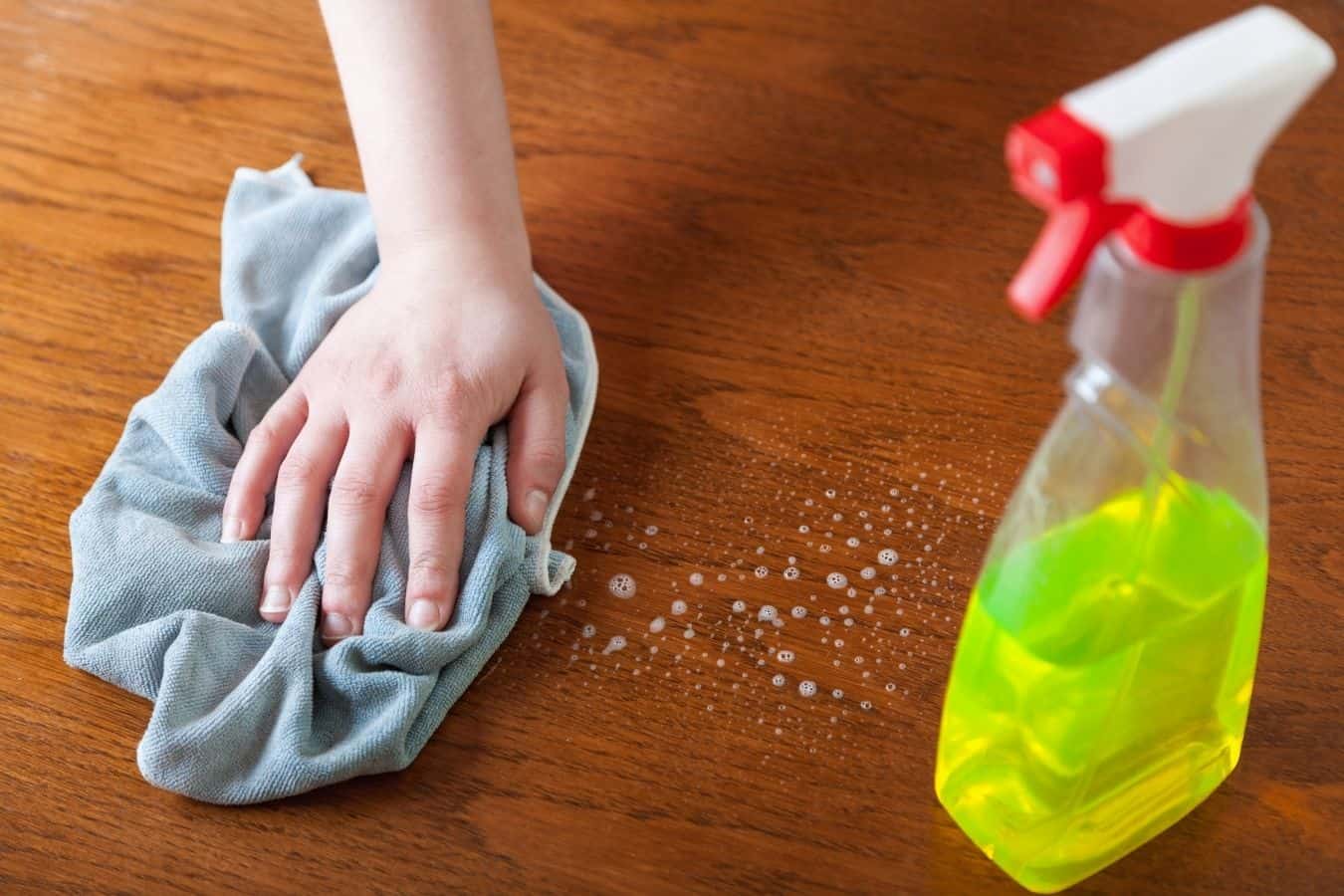
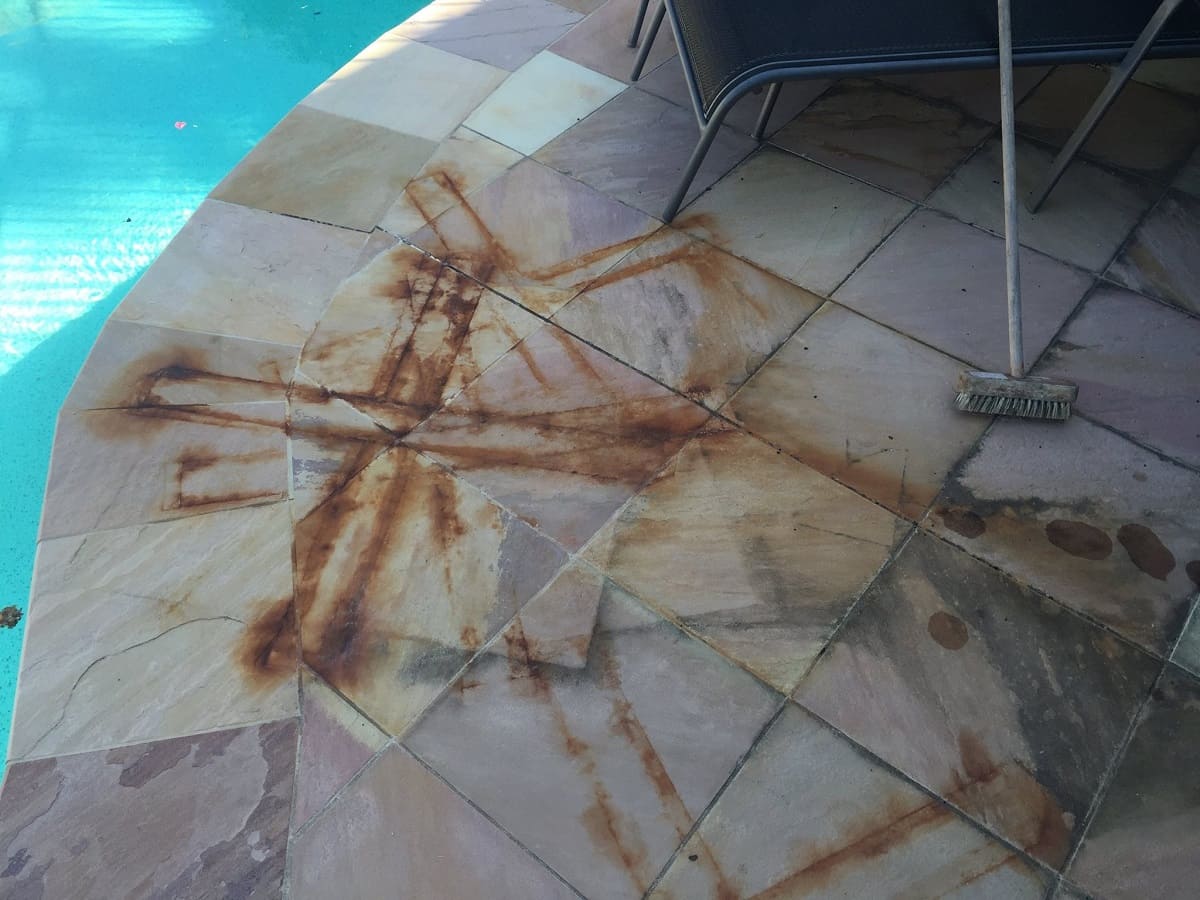
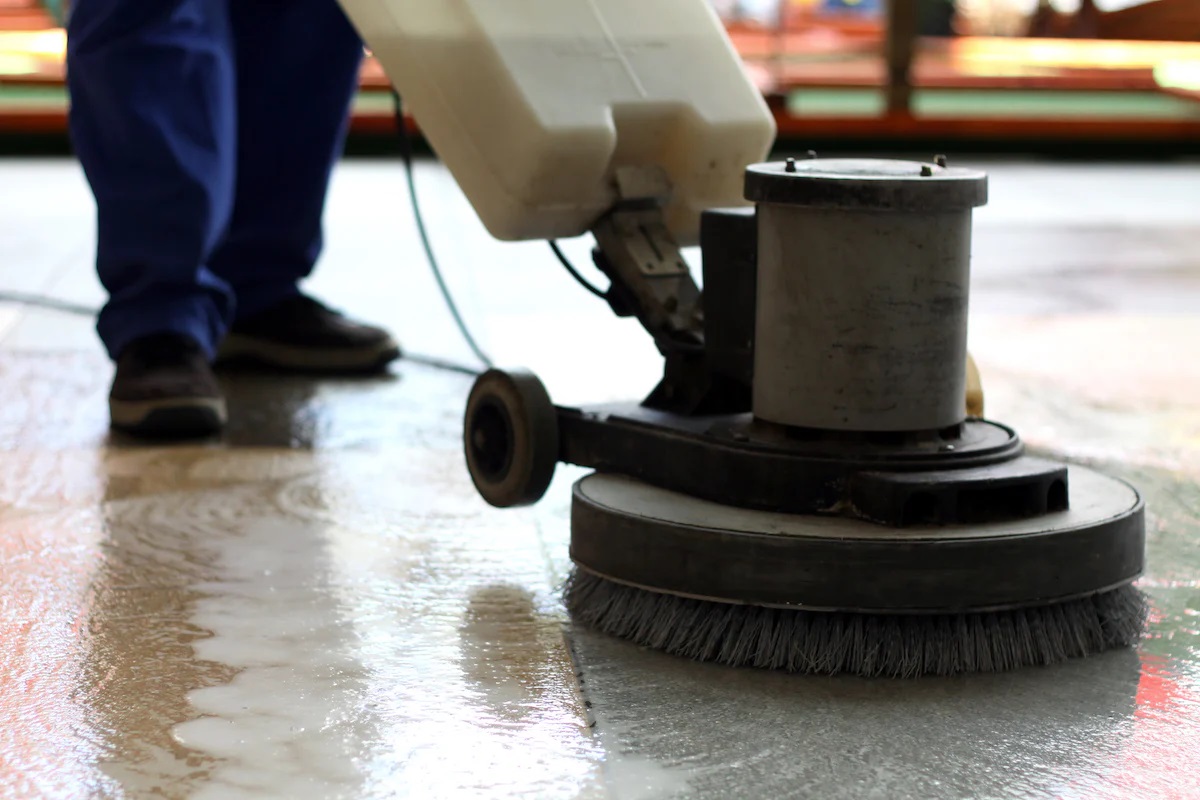

0 thoughts on “How To Get Carpet Tape Off Floor”